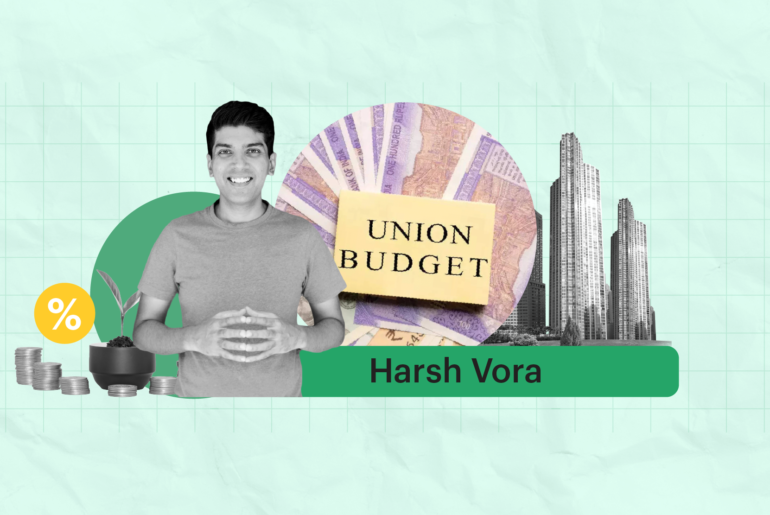Last Updated on Feb 1, 2022 by Ayushi Mishra
On the first day of the Parliament’s Budget session, Finance Minister Nirmala Sitharaman presented the Economic Survey report to the Lok Sabha. For FY 2022-2023, the Survey forecasted a GDP growth rate of 8-8.5% (FY 2023). In the current fiscal year, the economy is expected to grow at a rate of 9.2%.
The opposition parties are gearing up to discuss the Pegasus snooping claims, farmers’ difficulties, and the border dispute with China during Parliament’s budget session. The session is taking place in the middle of vital assembly elections in five states, including Uttar Pradesh, where the BJP is engaged in a fierce electoral battle with its opponents. And it will have an impact on Parliament proceedings because campaigning is in full gear.
“Widespread vaccine coverage, gains from supply-side reforms and regulatory ease, healthy export growth, and the availability of fiscal space to ramp up capital spending” will all contribute to growth According to the Economic Survey. “The forecast is predicated on the premise that no more pandemic-related economic disruption will occur.”
Here are the main points of discussion that happened during the Survey:
- Economic activity has returned to pre-pandemic levels, putting the economy in a strong position to face difficulties in 2022-2023.
- Growth projections based on oil price projections of $ 70-75 per barrel next fiscal year, versus current price of $ 90 per barrel.
- Growth projections based on vaccine coverage, gains from supply-side reforms, and regulatory easing.
- Rather than demand management, India’s economic reaction to the pandemic’s damage has been supply-side reforms.
- India’s flexible policy response differed with most other countries’ waterfall strategy of releasing front-loaded stimulus packages in 2020.
- Strong export growth and budgetary space to ramp up capital spending to sustain growth in the coming fiscal year.
- Private sector investment to be prioritised, with the financial system in a strong position to aid the economy’s recovery.
- The privatisation of Air India is critical to the government’s privatisation push, as are calls for private engagement in all sectors.
- Following an increase in deficit and debt indicators the previous year, government finances are expected to be consolidated in 2021-2022.
- India went from being one of the ‘Fragile Five’ to having the fourth largest FX reserve, providing policymakers more freedom to manoeuvre.
- Although high wholesale price index (WPI) inflation is partly due to base effects that will eventually fade, import inflation, particularly from rising global energy prices, must be avoided.
- The global container market is still undergoing disruptions, which will have an influence on global marine traffic.
- Diversification of crops toward oilseeds, pulses, and horticulture must be prioritised.
- Climate finance will continue to be important to India’s success in achieving its net-zero carbon emission target by 2070.
- Hedge Funds in India: Types, Features, and Benefits - Apr 15, 2025
- SBI Equity Mutual Funds – List of Top Performing Schemes for 2025 - Mar 27, 2025
- List of Overnight Mutual Funds in India (2025) - Mar 17, 2025




